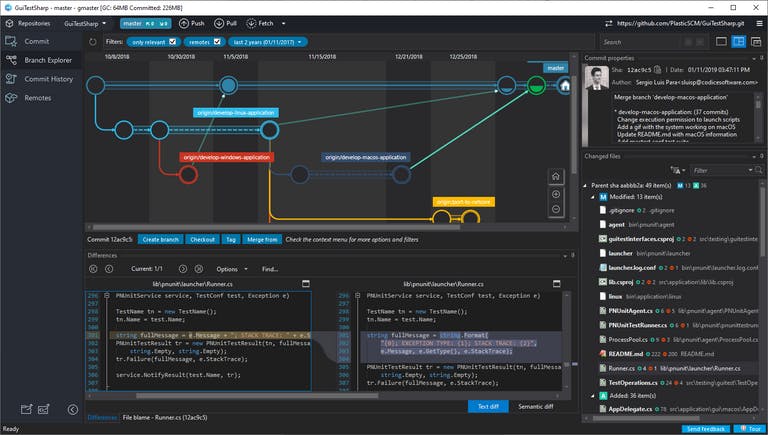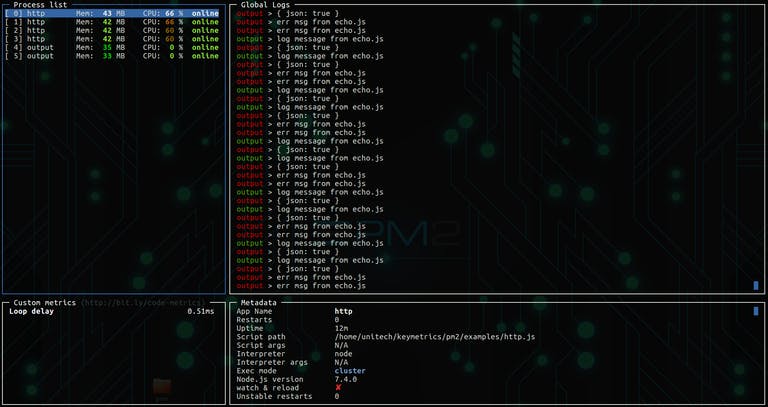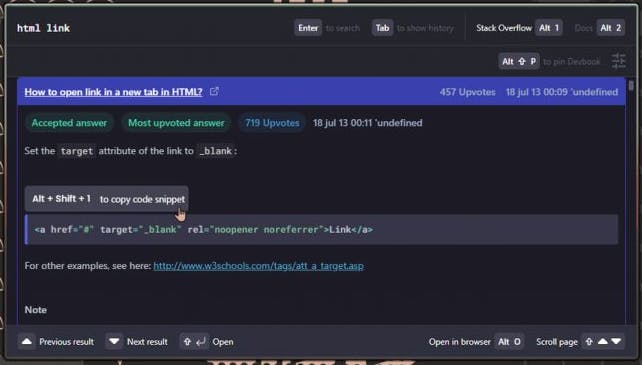We continue with this walk through the applications that I normally use both professionally and personally (sometimes it is difficult to separate and distinguish between the two). In this second part I will show you some tools for GiT, DB Management, terminal utilities and another to search for documentation with two clicks. Let's go ...
Git
Although it is true that 99% of the time I use cli git commands either through the console or from the VsCode interface itself, in certain scenarios it is always good to have a GUI at hand to solve some issues that, if you want to do it via terminal, it could end in complete disaster.
Sourcetree

Currently in my work we use Bitbucket and although any graphical interface of GIT allows you to manage any repository of the 3 big ones such as BitBucket, Gitlab or Github (I feed Azure separately) in the end the goat pulls to the mountain and one ends up resorting to the one with which he started in this repositories and the one that is from the same house: SourceTree, from Atlassian. Nice and functional although a bit demanding in terms of resources.
Gmaster

This is a special case. I don't use GMaster neither to manage branches, nor to make deploys nor to blame anyone for some mischief done wrong (which I don't usually do, XD) but I use it basically because of the great visualization system that it offers that is far from the classic ones vertical branches.
A practical case: with the visualization that it offers, extending the window over the 3 monitors that I use and zooming back to the maximum, I have managed to have a complete picture of one of the largest work repositories in which I work and of the thousands of orphan/zombie branches that have been left hanging over time.
Useful? Meh...
Cool? A lot!
DataBase Management Tools
HeidiSQL

Another classic. Without great pomp or adornment like other database managers (which does not mean that it is sparse in functions, far from it) HeidiSQL is, at least for Windows users, one of those indispensable. It allows you to connect with a multitude of different types of databases and work with them in a very simple way. And although the interface drags some sins typical of age (that whiff of WindowsXP...) one ends up getting fond of it. It also falls into the "program that I always install after formatting" group.
CLI apps
pm2

This process manager allows us to manage, instantiate and monitor as many microservices as we want through a very cool interface. With the "monit" option we will be able to see in real time the resources of each one as well as the logs that they may be spitting out. It also supports hot-reload and that ends up turning it into an absolute marvel. Oh, and it can be installed on a machine globally via npm. What more do you want?
I like to think of pm2 as 'nodemon on steroids'.
ngrok

The height of simplicity. Ngrok, where you see it, starts from a very specific need: to expose local resources of our machine to the outside. And it solves it in a simple and elegant way: just by launching it we will obtain a public url from which they will be able to access our machine transparently as long as we do not close the process.
Forget ports, routers, proxies, firewalls... one click and go.
Resources
devBook

DevBook (still in alpha state) gives us a spectacular shortcut to do what we all end up doing more than once a day: search the internet for documentation (and I say internet not to say StackOverflow). With a keyboard combination we can launch the DevBook window, type our question and immediately navigate through each and every possible answer found on StackOverflow. And all without leaving the window.
Really, try it. It's genius.
*Note: as I have just seen the development of this tool is stalled in favor of other solutions with the same name. Since it can no longer be downloaded from the official website or at least I haven't found it, I'll give you a link to a mirror in case any of you dare to try it: DevBook on SoftPedia*


